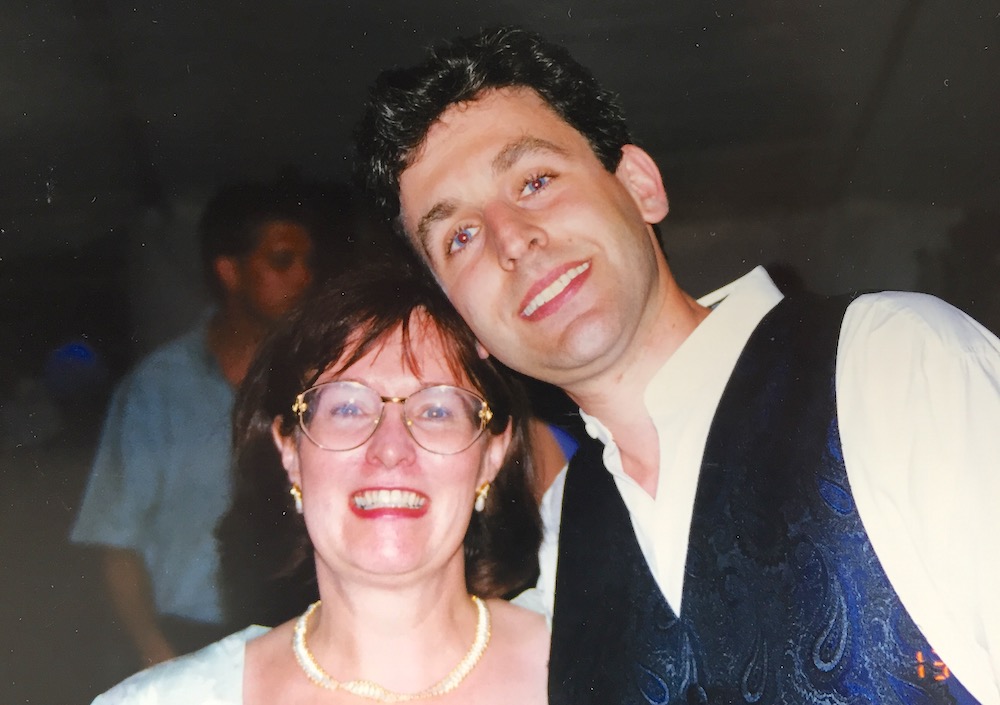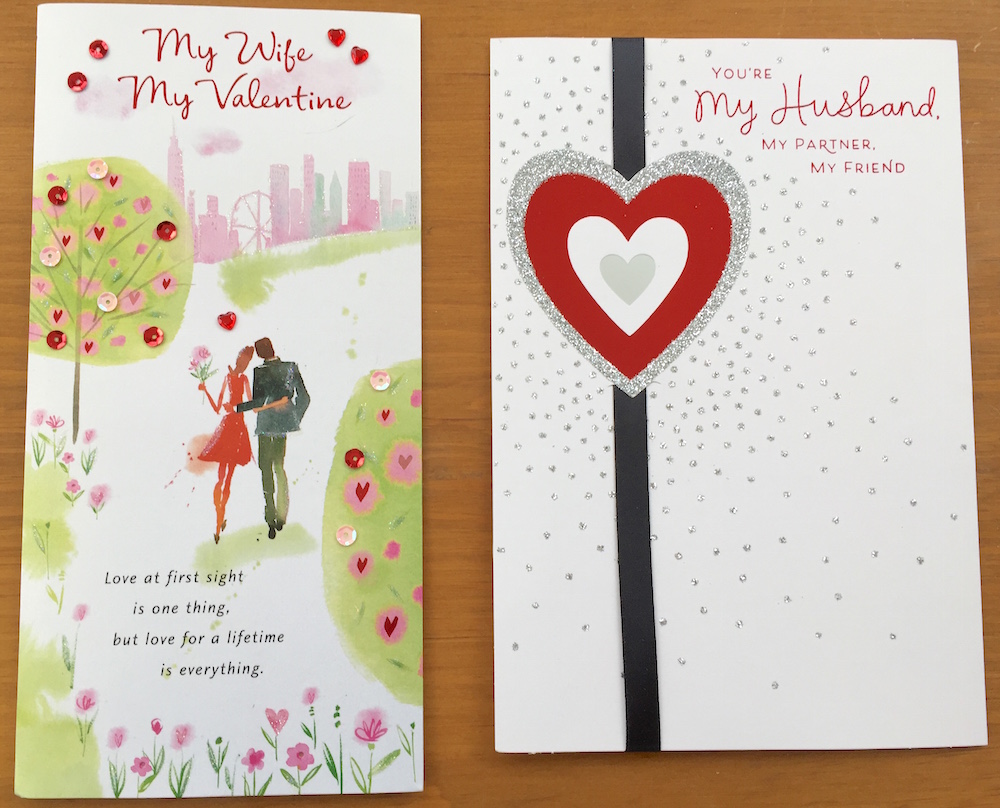One year ago next Tuesday – on March 12, 2018 – Barbara was diagnosed with pancreatic cancer. Five months to the day later, she was gone. The truth is, that’s four months longer than we expected at first. A friend of my mother’s had just recently been diagnosed with cancer and died within three weeks. We pretty much thought the same thing would happen … even though they told us that pancreatic cancer isn’t the death sentence it used to be.
It may not be. But it ain’t great.
Barbara and I are both researchers. We each found out very quickly that the statistics show close to 75 percent of patients still don’t survive the first year. Plenty of people told us stories about friends who were alive 10, 12, 14 years after their diagnosis. But the numbers show less than 10 percent get that kind of time.
That’s not the only reason Barbara was pessimistic.
For one thing, she never felt like she was going to have a long life. I don’t really know why, except that many of her relatives died young. More than that, she just hadn’t been feeling well for long enough that it was easy to believe she’d been sick for awhile. It wasn’t anything dramatic. Often just low energy. But, nearly a year earlier, at the end of March in 2017, her doctor thought she’d found something she didn’t like. Barbara researched that too, and the only thing it could be at her age was cancer. She also expected the worst then, but it turned out, after a few tests and three weeks of anxiety, that it was nothing at all.
Then, just a couple of months later, in June, Barbara’s blood sugar levels shot up.
“You’ve got diabetes,” her doctor said.
Barbara always knew she might. Her father was a diabetic, and, I think, others in the family were as well. Doctors had always told her she was likely to develop it, so there was little reason for doubt. It wasn’t so bad that it would require insulin or other medications. She just needed to modify her diet and get more exercise.

To keep herself motivated, Barbara began to take pictures with her phone of
the houses and gardens she’d pass on her walks. She’d post them on Facebook.
Barbara ate about as little as any person I’ve ever known. Apparently, she’d always been a bad eater. It was a constant source of anxiety for her parents when she was little. But she did like to eat candy; peach rings and jelly beans. Ice cream too. Now, she cut it all out, cold turkey. And she started to walk. Every day. Three to five kilometers. Her weight came down, and her blood sugar normalized.
By August, Barbara had lost about 20 pounds. She was feeling better than she had for years. And she looked great! But then, when she hoped to stop losing the weight, and just maintain it, it kept coming off. Nothing too startling at first. I didn’t even notice. But a pound or two pretty regularly. She was sure that something was wrong … but it’s hard to get anyone to take weight loss seriously.
“What, you can’t keep the pounds on…? Wish I had that problem! Ha, ha.”
At the end of February in 2018, Barbara got the flu. (It was a bad year for the flu last year.) Her case wasn’t too terrible, but after she got better, the weight melted off. There were other problems too. And now she was really starting to look sick. So, on Friday, March 9 (I was in Brampton, giving an author talk to school kids), Barbara had a friend take her to the hospital. She waited forever in Emergency. So long, that I was back home and spent the last couple of hours with her.
“It’s going to be bad,” she kept saying. Trying to prepare me. I didn’t think so.
“It’s just the diabetes. It’s not properly under control. You cut out the candy, but you never really replaced the calories. You’re just not eating enough. We’ll get it figured out.”
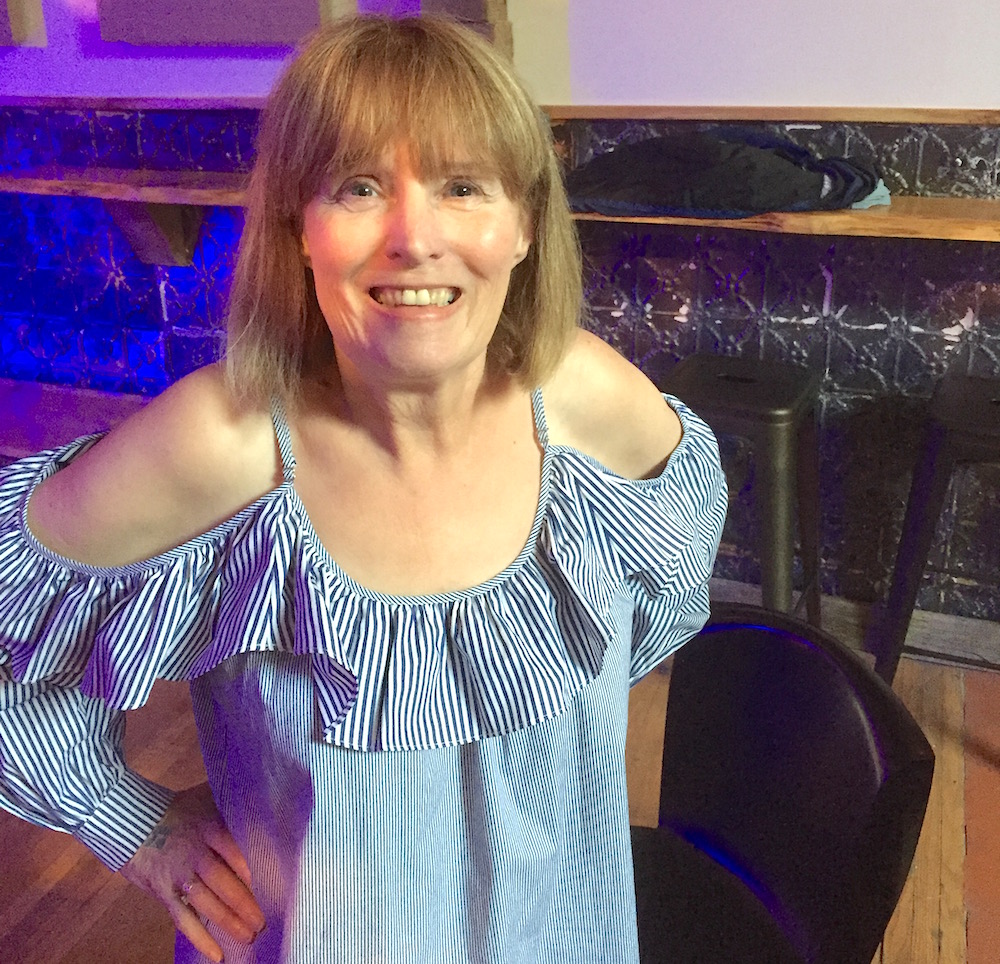
After three months of walking, Barbara was feeling great – and looking great!
Unless the young doctor who finally saw us that day was the best actor in the world, she thought the same thing too. She filled out some forms to enroll us in the diabetes education program at the hospital. But she also wanted us back at the hospital on Monday so they could run a few tests. “Just to rule out anything else.”
So, we went back to the hospital on Monday afternoon, March 12, for an ultra sound and a CT scan. They told us that, since the tests were ordered by an Emergency Room doctor, they would have the results for us in Emergency … if we wanted to wait. It was another LONG stay, but how could we not?
“It’s going to be bad,” Barbara said again.
I still didn’t think so. Even when they asked her if she had someone with her for the news, I wasn’t too worried. “It’s just going to be a lot to take in,” I said. “There’ll be a lot they need to tell you, and they want to know you’re not alone.”
I think she may have told me I was being naive.
I guess I was. But that changed a short time later.
We were still sitting in Emergency, waiting, when the triage nurses changed shifts. I watched as the new one coming on duty looked around the room while the old one explained the situations with the various patients. I couldn’t hear anything, but the way they looked at us, it was obvious this was going to be bad.
Barbara went up to them.
“I can see it in your faces. It’s something bad. Can’t you just tell me?”
They apologized, and said it had to be a doctor. But, yes, it was going to be bad.
It wasn’t too much longer before a doctor finally took us inside. It wasn’t the type of room they normally take you to in Emergency. It was a small office.
He didn’t sugar coat it: “We can’t be 100 percent sure yet. You’re going to have to come back for more tests. But the only thing it really could be is pancreatic cancer.”
I don’t think we had any questions for him. It was too soon, and even Barbara seemed shocked it was that bad. He told us they would schedule the tests and that we could stay in the office as long as we needed. I don’t think we stayed very long.

Barbara was energized by the news that Amanda and Brent were engaged. She was so glad to see them when they came to visit us later in March before our family’s big Passover seder.
I don’t remember anything about the drive home. (It’s, literally, only five minutes.) I remember how hungry I’d been before, but I don’t think we had any dinner. I just remember us sitting on the couch in our den, side by side. I don’t remember much of what we talked about. I don’t remember if we told any family that night. (I’m pretty sure I called my mother.) I don’t remember going to sleep either, but I know we did. Then we woke up the next morning and sat on the couch again.
She cried a little. I probably cried more. And then we thought, “We have to do SOMETHING.” So, I called her family doctor and told the receptionist what had happened. My memory of that is that she was quite good on the phone, but that there weren’t any appointments until 9:10am on Thursday. (This was Tuesday morning.) I booked it, but I told her we were five minutes away and that if ANYONE canceled before then, I wanted their appointment and that we could be there on a moment’s notice. That didn’t happen … and I don’t honestly remember how we got through the rest of the day.
By Wednesday, Barbara was yellow with jaundice. More yellow than you can probably imagine. With a sort of golden tinge. I’ve never seen anything like it. Again, I don’t remember how we got through the day. But, on Thursday morning, we saw the doctor. There was nothing, really, that she could do. I think she prescribed something to help Barbara relax. And she got the ball rolling on all the appointments we’d need at the hospital.
Things happened very quickly after that.
Tests and procedures and poking and prodding. Meetings with the oncologist. More scans. A stent to improve liver function. (Jaundice gone!) A biopsy. (100% official now.) Some of the procedures were difficult. Barbara was hospitalized for a few days. It was during that time that Amanda called to say that she and Brent had gotten engaged. You’ve never seen a person’s mood change so quickly and completely as Barbara’s did then!
The tumour was not very large. However, it was in a dangerous position, wrapped around the Portal vein, which made it inoperable. That being the case, Barbara said she didn’t want chemotherapy. Why bother? But her doctor explained that, while it was a long shot, chemo might shrink the tumor enough that they would be able to remove her entire pancreas. She would truly be a diabetic then — that had been a red herring, by the way; it was probably pancreatic cancer all along (the fact that it’s so hard to detect is partly what makes it so deadly) — but at least there was a chance. Only about one in five people diagnosed with pancreatic cancer have it discovered early enough that chemo is even an option … so Barbara felt she had to try.

The morning after her first chemo session. Barbara had her game face on! She’d been
bloodied and bruised by some of the procedures to get her ready. Her hair, in fact,
is tangled with her own blood. She couldn’t wash it out for a couple more days until a
home care nurse removed all the chemo-related attachments you can see on her chest.
Chemotherapy began on April 6. We really knew nothing about it then, except that chemo makes you nauseas and you lose your hair. They told us the drugs Barbara got wouldn’t cause hair loss, but she was likely to become nauseas — even though (I swear!) she hadn’t thrown up since 1968.
We were told her chemo would be very aggressive; a heavy dose of several drugs, administered over a five-hour period. Then she’d have a “poison baby bottle” full of more drugs attached to her chest that she wore in a sling under her clothes at home for the next 46 hours. This would all repeat every two weeks until she’d had six sessions.
Chemo drugs don’t actually make you sick at the time they’re given. The effects creep up on you over the next few days until they wipe you out. But Barbara never did throw up! She did get very tired, and she had some other horrible stomach-related side effects. There were good days, too, where friends might come over, or the two of us would go out for lunch, yet there were plenty of days when she could hardly get out of bed or when the other side effects got really awful. Enough that, one time early, and then again after the fifth session in mid June, the oncologist took her off chemo to give her body a break. We were going to take all of July off and then start up again in August with a different combination of drugs. She’d have to have them weekly this time, but a least the new drugs shouldn’t make her so sick.
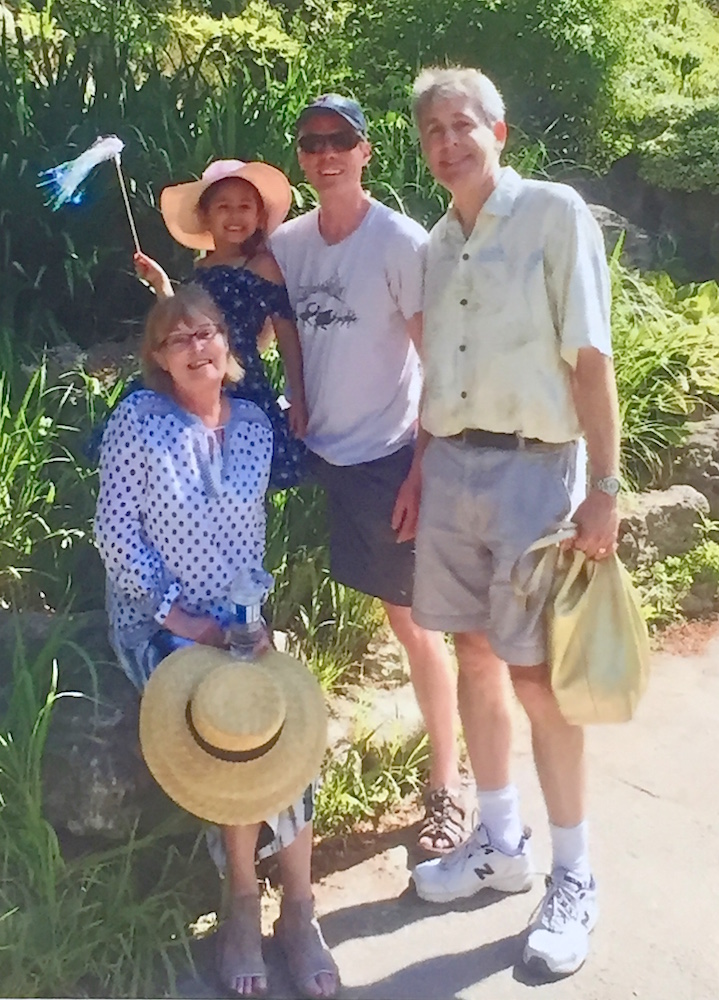
With Josh and family at Edward’s Gardens the day after our appointment
at Princess Margaret Hospital. This would be the last truly care-free day.
During the break, our oncologist referred us to Princess Margaret Hospital in Toronto for a second opinion. We had an appointment there on July 18. They explained in more detail why the tumour was still inoperable, and they concurred with what had been done in Owen Sound so far, as well as with the new plan for going forward. They had some other suggestions too, but they said Barbara wasn’t sick enough yet for any of their clinical trials.
So, things actually seemed pretty good. Barbara was feeling much better after nearly a month without chemo. But the trip to Toronto exhausted her. She slept for nearly 48 hours when we got back. I slept for nearly 24 hours myself, and I was the healthy one! Still, things didn’t seem too bad. Until, suddenly, they did.
By the end of July, Barbara was no longer feeling sick because of chemo … but she was dying because of cancer.
 Near the end, we took Barbara around the grounds behind the hospital in a wheelchair.
Near the end, we took Barbara around the grounds behind the hospital in a wheelchair.
Amanda found this toad in the road. Barbara (and her children) loved little critters.
I’ve often wondered since August if the treatment was worth it. Would things have been more peaceful without the chemo and all its side effects? But, without it, Barbara may not even have gotten those five months. Maybe she woudn’t have felt so sick at first, but she probably would have been in pain more quickly. She never experienced any pain at all until late in July. That’s when they discovered the cancer had spread to her liver.
I think it was for the best that it went so quickly after that.
At least we had time to move up the wedding.

Amanda and Brent’s wedding in the chapel at the Owen Sound Hospital was so very lovely.
By then, I was making plans for a wedding and a funeral. I don’t recommend it if you can avoid it. But if you ever have to, I hope you’ll have the same love and support from family and friends that I had.
It made all the difference.
It still does.





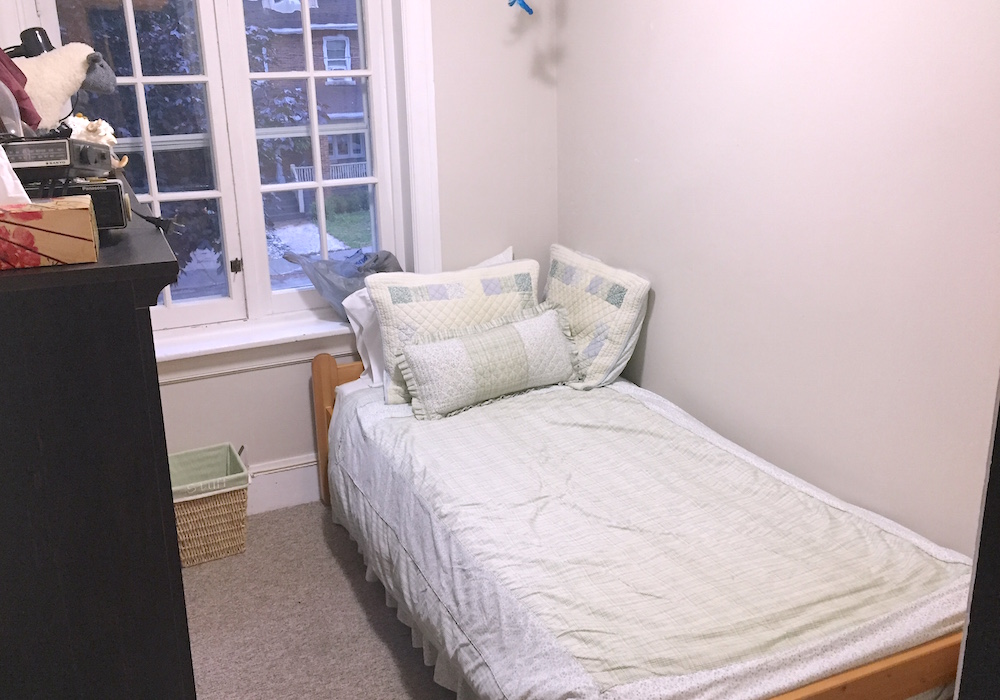


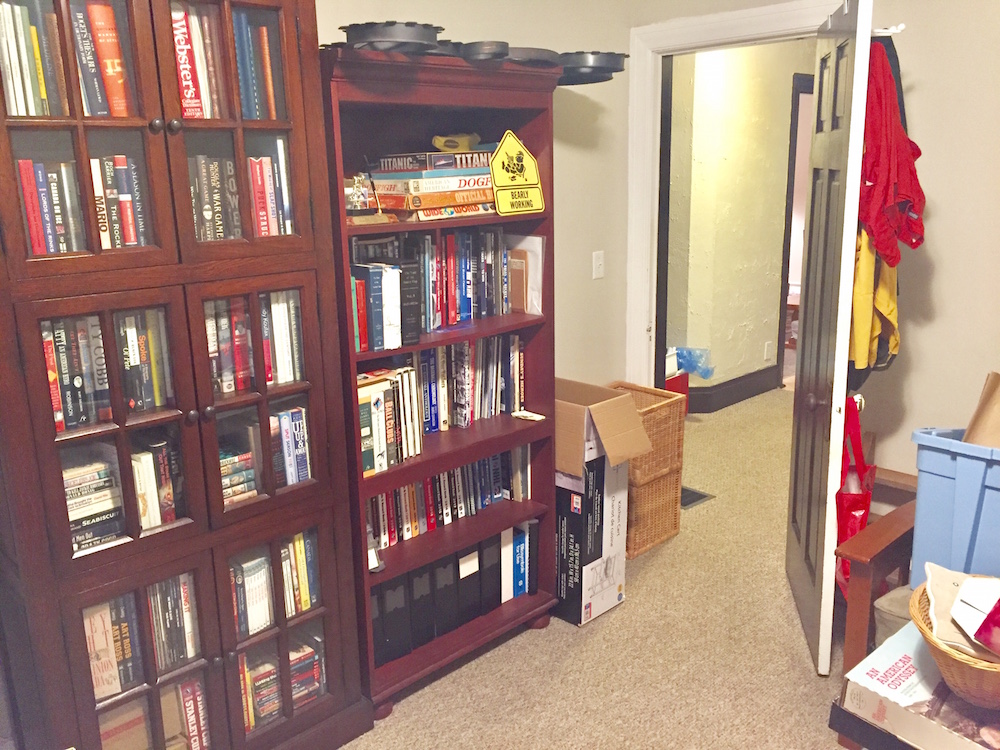












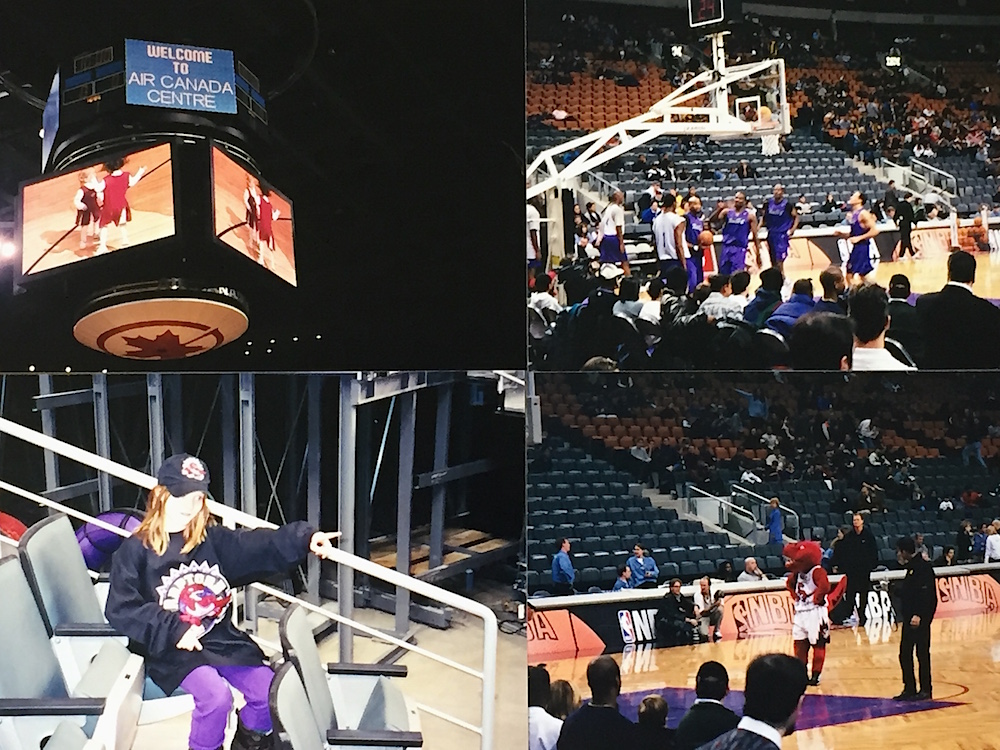
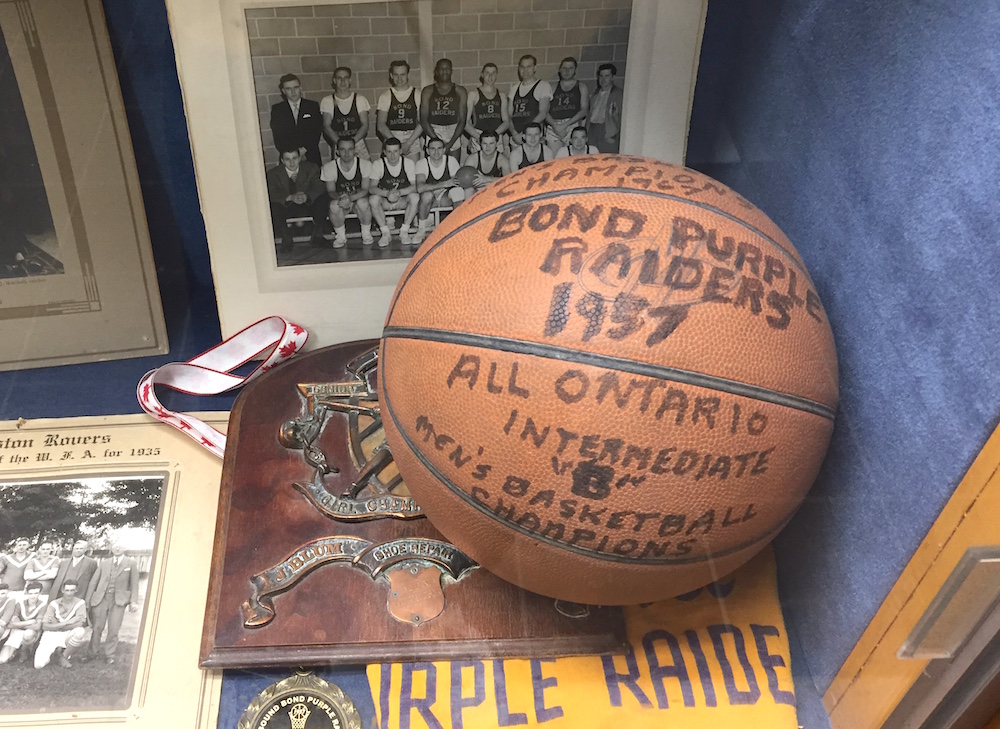


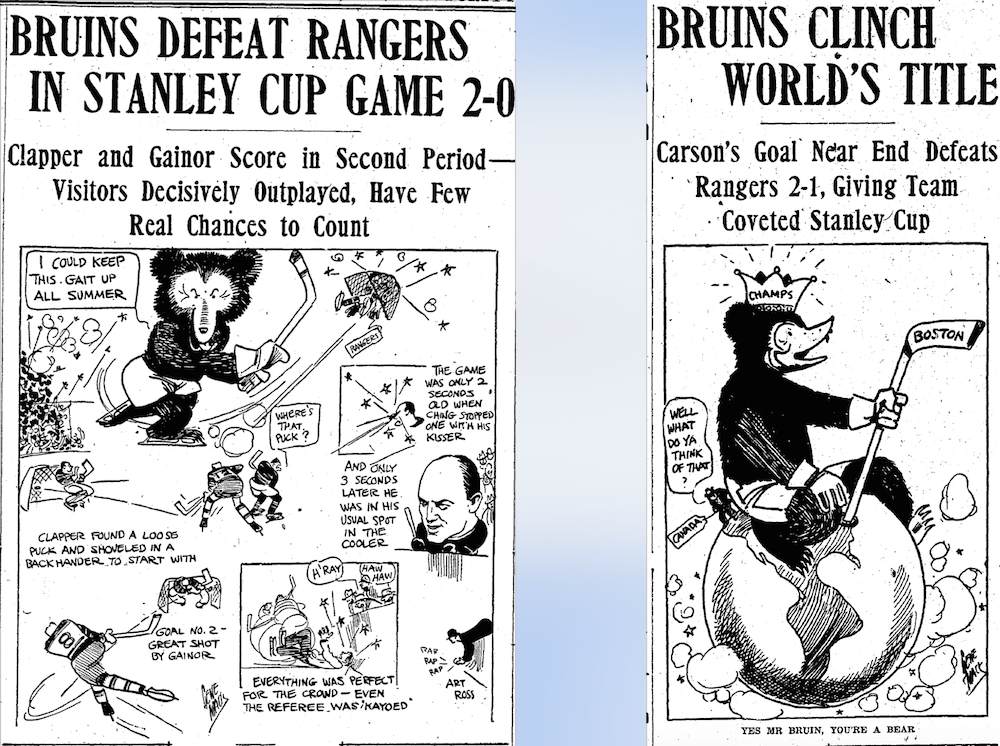
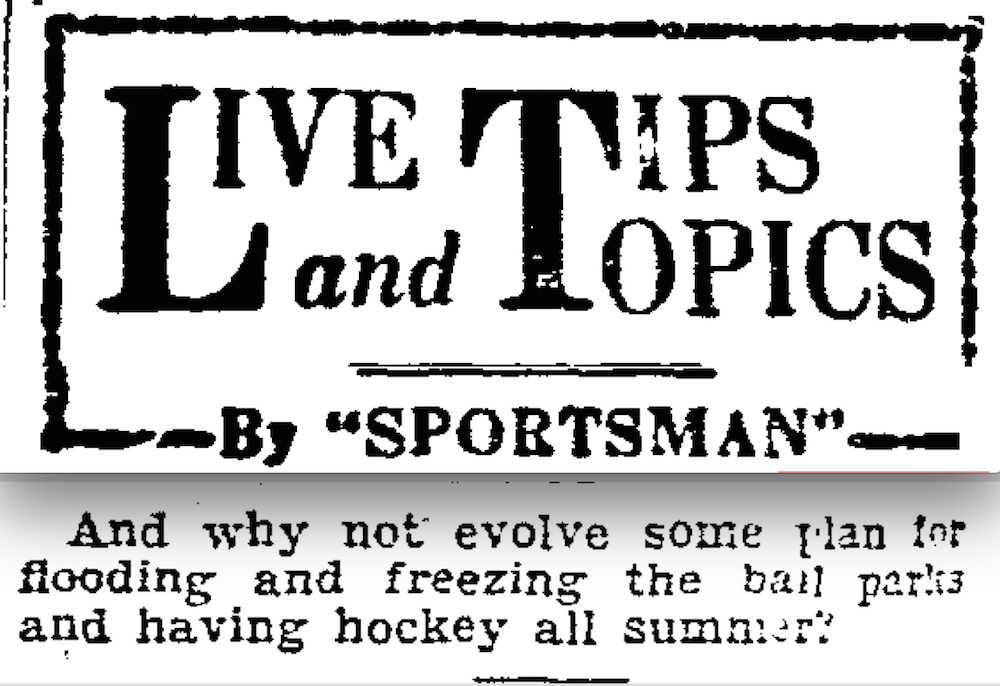

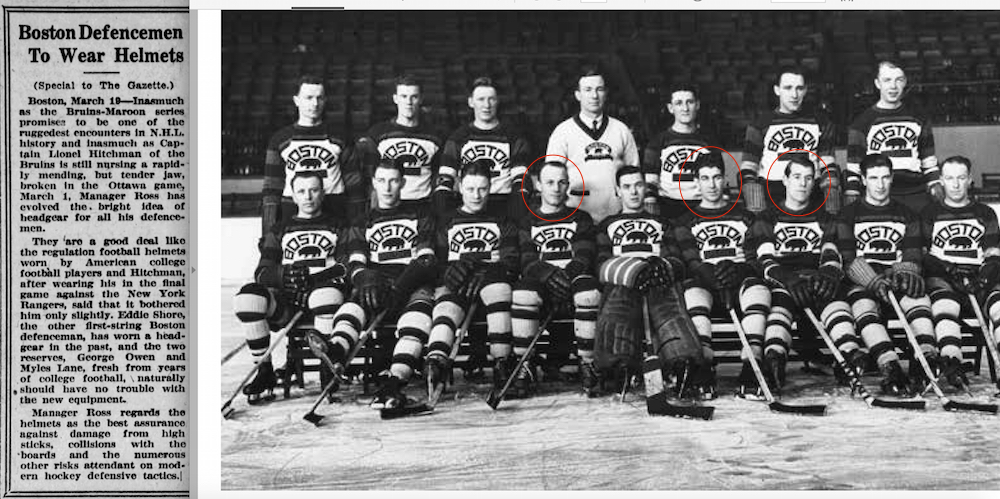

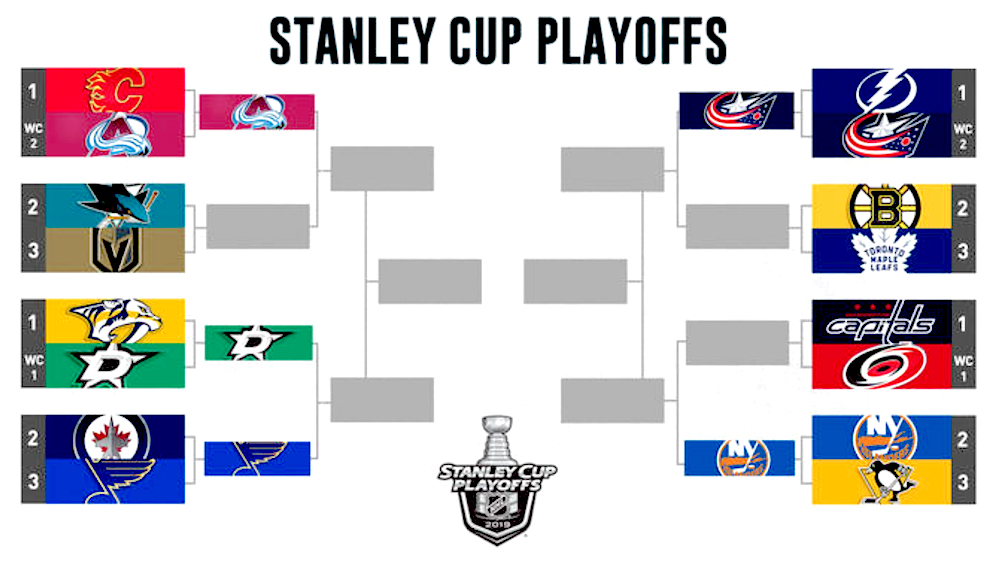
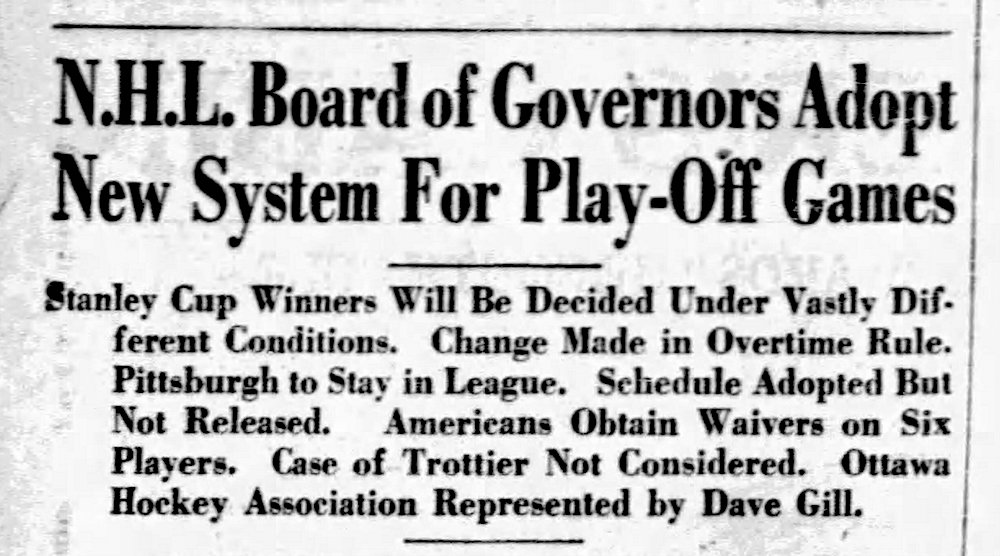
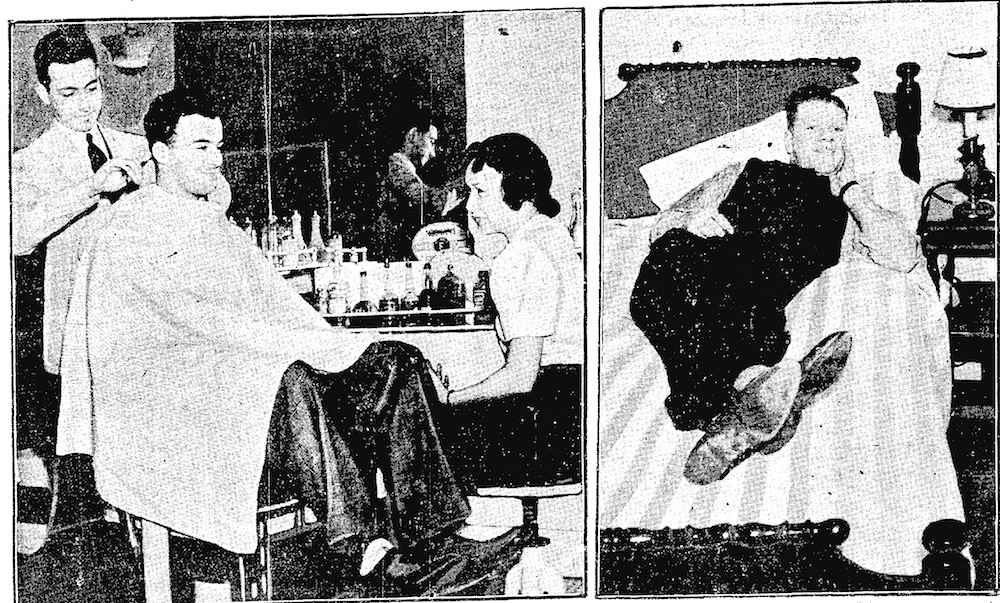
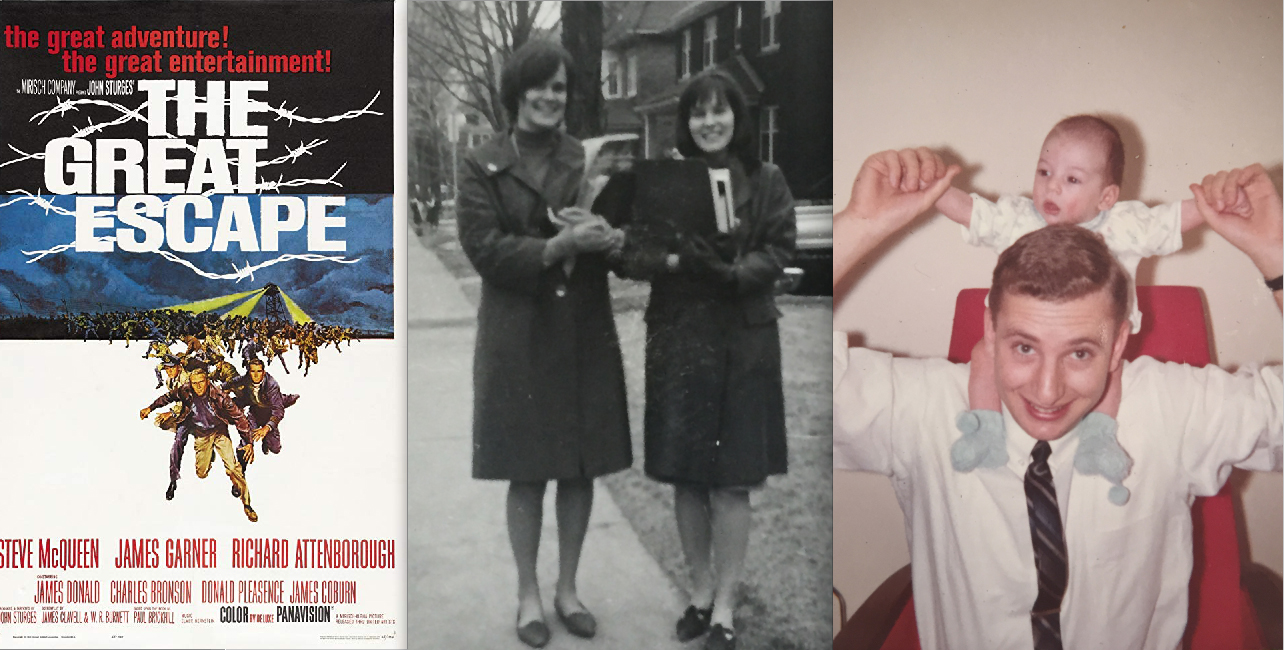
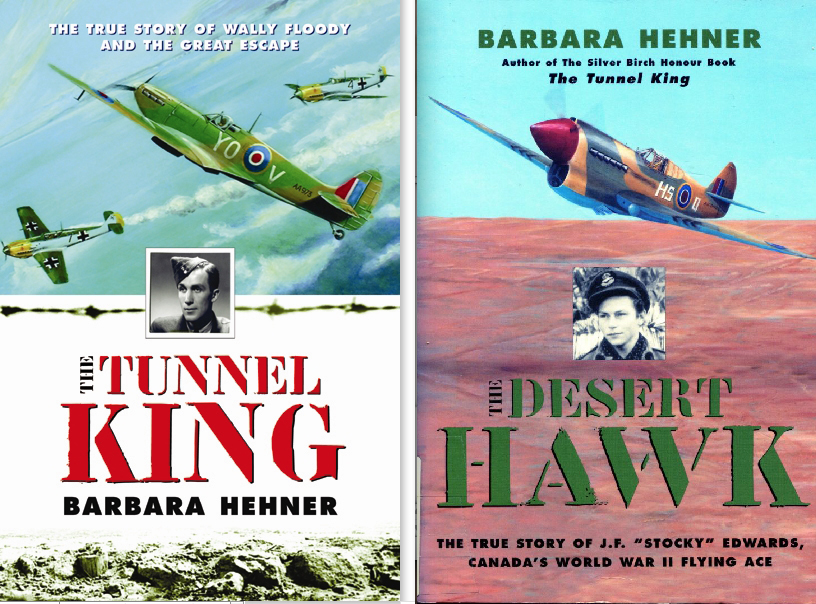
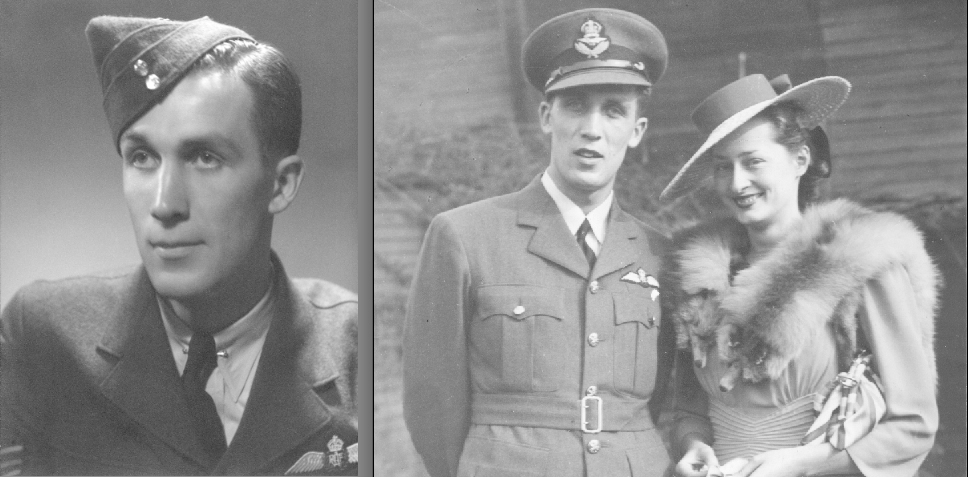
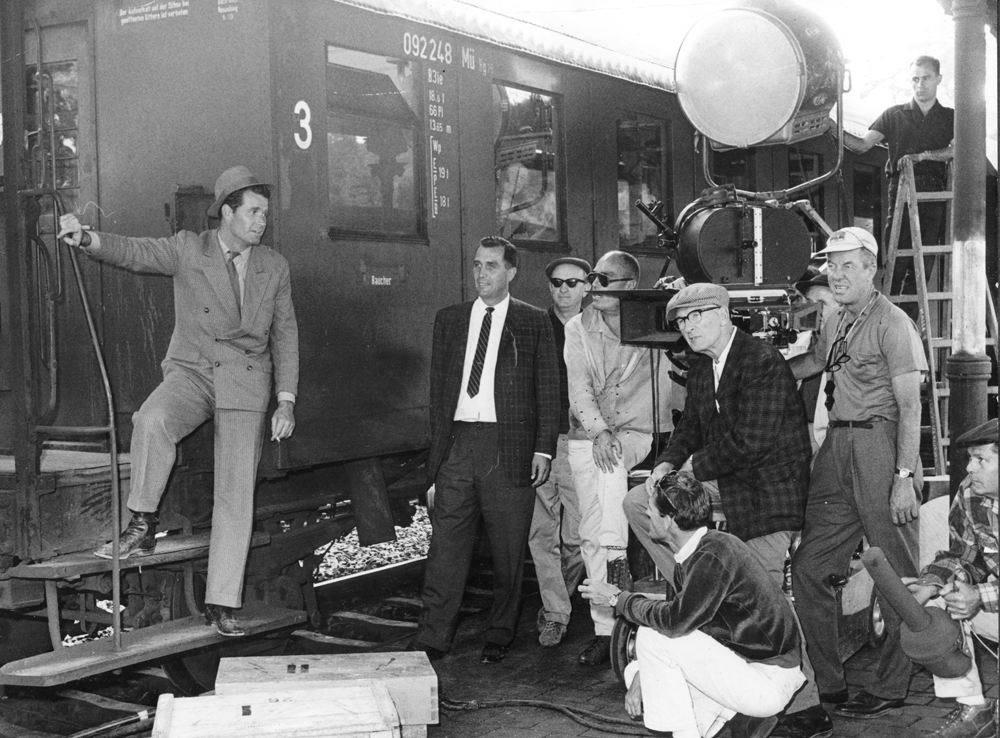
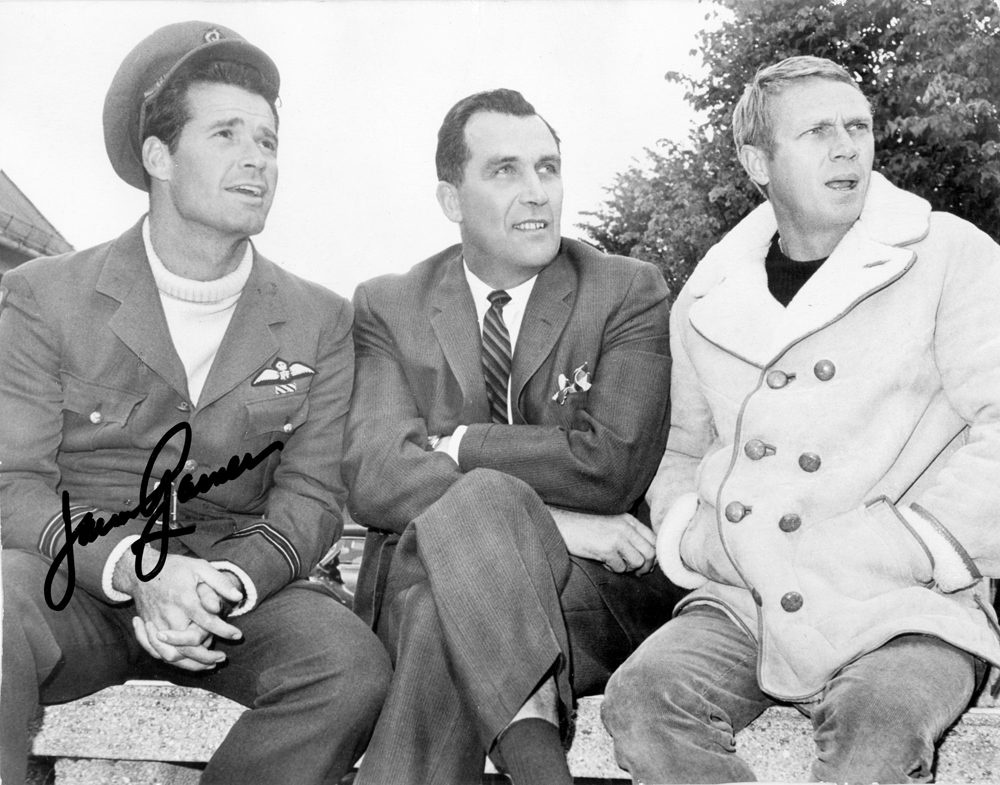
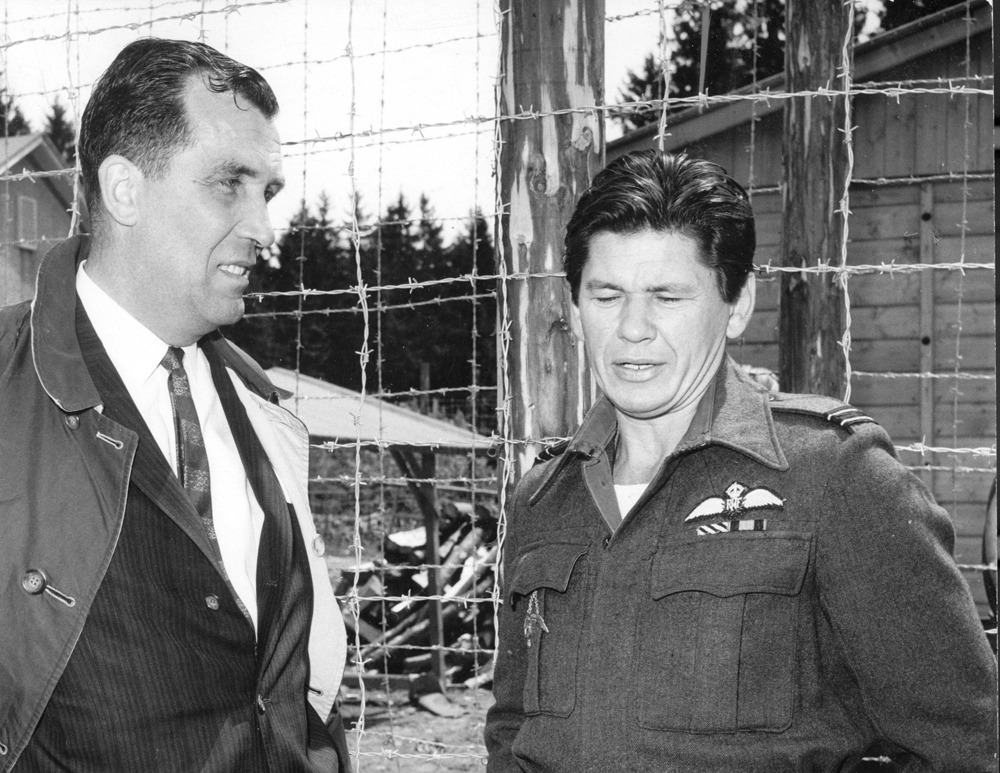





 Near the end, we took Barbara around the grounds behind the hospital in a wheelchair.
Near the end, we took Barbara around the grounds behind the hospital in a wheelchair.

